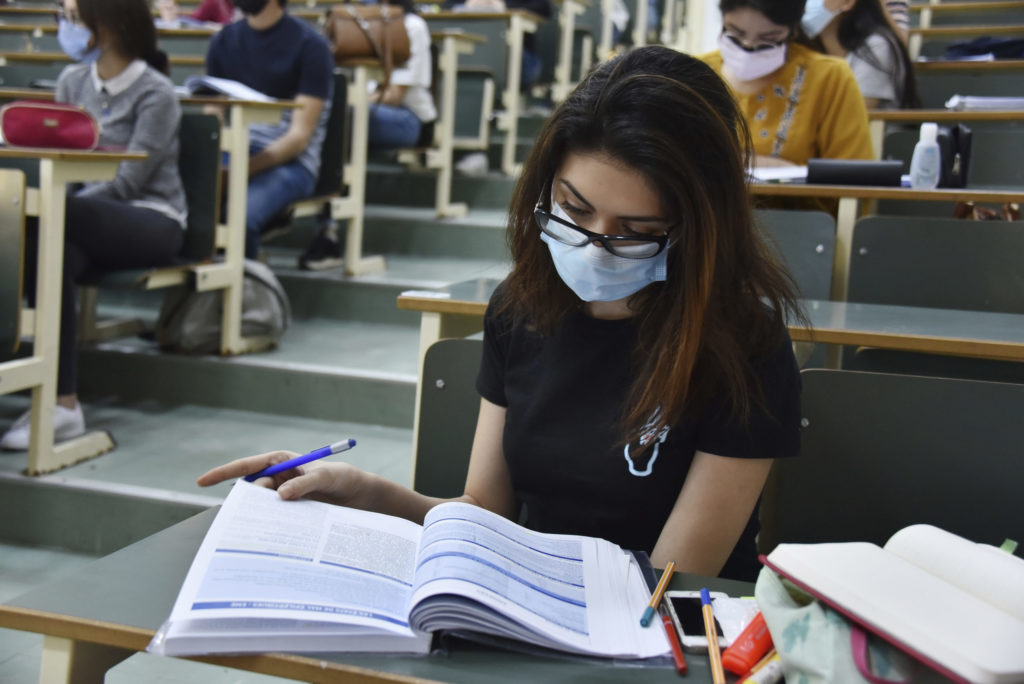The Pandemic and Higher Education

Usually, economic declines lead to an increase in people entering colleges and universities, whether a working class person going to community college to gain a new skill or certificate or recently graduated or unemployed college graduates deciding to go to graduate school. While this is an economic decline like no other thanks to the pandemic, the usual response is not happening. What we are seeing instead is a series exacerbation in an already unequal society, a K-shaped recovery as some have put it. That’s definitely true in higher education, as this Center for Economic and Policy Research report demonstrates.
The COVID-19 pandemic has had a profound impact on college enrollments this fall. Based on preliminary estimates, fall 2020 enrollments were down 2.5 percent, resulting in a rate of decline greater than twice that of 2019, and a net decrease of 400,000 students in higher education. The bulk of the decline was concentrated at the undergraduate level and pushes against the typical pattern of enrollment rates increasing during times of economic downturn.
The decline has been most pronounced at the two extremes: selective four-year universities and public two-year colleges or community colleges. However, media coverage and financial support have been seemingly concentrated on the former, despite the greater demonstrated need of the latter.
…
The issue is not simply that a lot of students deferred one year; it is that primarily community college students deferred, which has the potential to perpetuate long-run economic inequality.
A typical student at the nation’s most elite universities comes from a median household income that is $168,000–$204,000, which is approximately three and a half times the national average. As a reminder, that’s the median income, which means half of the students come from families making more.
Elite universities also tend to have a white plurality and an average graduation rate around 86 percent. All in all, even if many students defer a year, they are likely to come from financially secure backgrounds and will probably return and graduate from their schools. These universities may have a subpar financial year, but with endowments ranging between $10–$40 billion, they are not in serious danger of closing and could provide additional financial aid to students if they desired to do so.
A typical community college student is very different from one in an elite university. Half of first-generation college students attend community college (compared to 25 percent of students with college educated parents). Thirty-seven percent of community college students come from families with annual incomes under $20,000, and two-thirds of students come from families with incomes under $50,000. First-generation students at community colleges are largely non-white, with only 16 percent being white.
Investing in community colleges has a two-pronged impact. A college degree dramatically expands the economic opportunities of the vulnerable students these institutions serve, and over a lifetime, every dollar invested in community college nets $4.80, resulting in an internal rate of return of 17.8 percent.
This is a serious policy issue with impacts that could last generations. The CEPR report does have policy-based solutions and that’s good. It’s also reflective of a society that needs a serious reset on its class relationships. We are just beginning to move in a positive direction on this front. It’s going to take a lot more activism both within and outside the Democratic Party to see it through.
